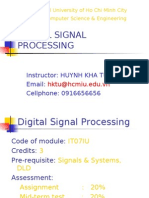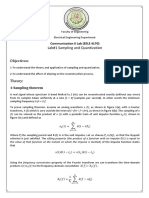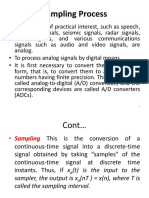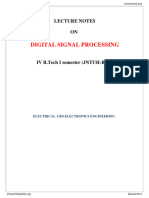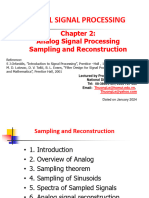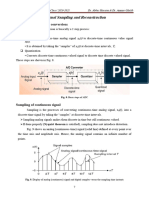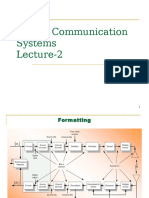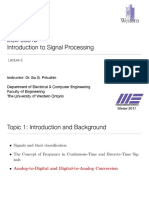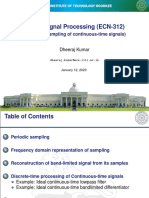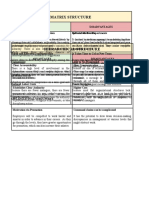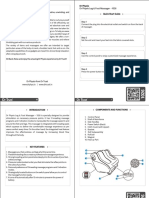0% found this document useful (0 votes)
41 views31 pagesBiomedical Signal Sampling Basics
Uploaded by
Shereen ElmetwallyCopyright
© © All Rights Reserved
We take content rights seriously. If you suspect this is your content, claim it here.
Available Formats
Download as PPTX, PDF, TXT or read online on Scribd
0% found this document useful (0 votes)
41 views31 pagesBiomedical Signal Sampling Basics
Uploaded by
Shereen ElmetwallyCopyright
© © All Rights Reserved
We take content rights seriously. If you suspect this is your content, claim it here.
Available Formats
Download as PPTX, PDF, TXT or read online on Scribd
/ 31



